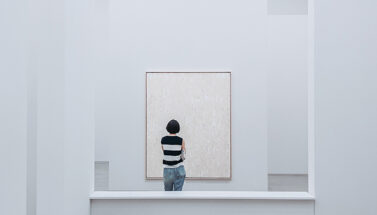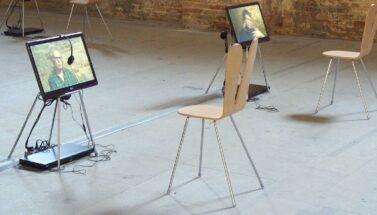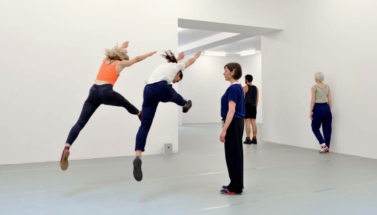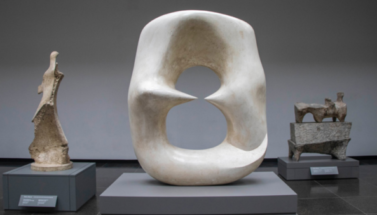Queer Art and Queer Curating
Duration: Sep 13 – Oct 11, 2023
Fee: 179€
Max seats: 32
Enroll before: Sep 13, 2023
Live sessions: 2 hrs/week
This course gives an introduction to queer theories, queer art practices and to ongoing conversations about forms and methods of queer exhibition-making. Queer curating not only relates to a better representation of the diversity of gender and sexuality in collections and exhibitions, it also addresses how this can be achieved. Queer curating challenges the museum and exhibition as normalizing entities, where meanings are created and binary and heteronormative structures are reinforced.
This course will explore specific practices that question heteronormative and binary settings and conventional artistic and curatorial processes. Participants will receive a grounding in the history of queer art and the most important exhibitions dealing with LGBTIQ+ representations and discourses. Since the important question in processes of queering exhibitions is not only what is presented but also how it is presented, this course will explore potential future directions in curating from a queer perspective. In particular, the course will provide inspiration for rethinking exhibitions, collections, art mediation and education as well as personnel policies, and will encourage participants to set new thematic priorities.
Each week, participants will be given a reading list including visual material and assignments to hone your knowledge.
Week 1. Introduction
- Introduction to the program and course overview.
This is a one-hour-only welcome session. The lecturer will introduce the program and participants will introduce themselves. No prior preparation is necessary.
Week 2. Theory: LGBTI+ or Queer?
- key theories and texts
- politics of visibility and representation and beyond
- intersectional approaches
In this week, participants will learn about the essential theoretical and political foundations of queer theory and queer politics. The goal is to understand that queer theory aims above all to describe ‘normal(-ization)’ as a social mode and also to criticize it as a power structure.
Week 3. Art Practice: Revolt They Say
- key artists and works
- artists’ queer tactics and concepts
- queer as a political and institutional critique
Week two will introduce participants to some of the most important artists and works dealing with queer topics and approaches. It will present a wide range of queer art practices from diverse social and cultural contexts. This section will show how artists have used the concept of queer as a tool for critique, as a mode of resistance, and to expand notions of art by visualizing the nonnormative and alternative approaches to social action.
Week 4. Case Studies: Queer(ing) Exhibition-Making
- important exhibitions and venues
- discursive exhibitions about AIDS, identity politics, desire, kinship, etc.
- exhibiting contemporary queer art
By looking at exhibitions and venues, week three will focus on how queer activist, artistic and epistemological tactics manifest in cuatorial practices. This session helps to gain an understanding of topics and approaches that have been at the center of queer exhibition-making since the early 1980s and what unites and what distinguishes them.
Week 5. Curatorial Practice: What is Queer Today Might not be Queer Tomorrow
- concepts, questions and limitations of queer curating
- approaches to queering exhibitions and collections
- queer art mediation
In the final week of the course, participants will reach an understanding of queer as a pluralist and constantly renewing concept. They will reflect on potential tools and the limitations of how to re-engage them in their own future practices. Participants will develop ideas of ‘queering’ regarding curatorial concepts, collections, personnel policies as well as queer art education.
Share





